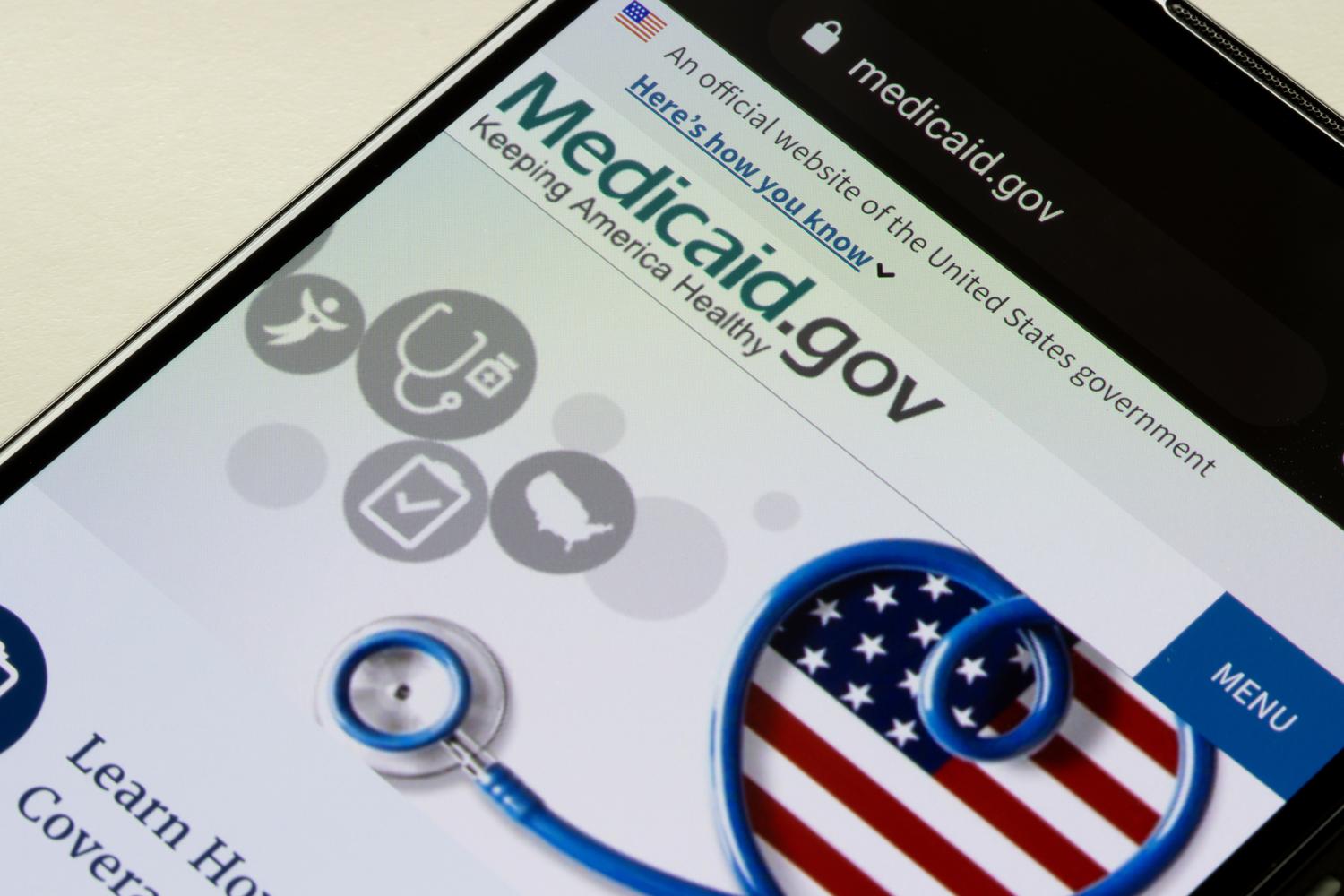Medicare Enrollees Just Lost Their Telehealth Coverage. Here’s What That Means.
Key takeaways
- A Medicare telehealth program expired on October 1, leaving millions of seniors without at-home virtual care coverage for non-behavioral/mental health services
- Telehealth is an important resource for older adults, who benefit from easier access to care, lower risk of illness, and convenient support for managing chronic conditions.
- There are still ways for seniors to get telehealth care (even without insurance). Cash-pay telehealth platforms like Sesame, community centers, and pharmacy-based care are all options and don't require coverage.
As of October 1, millions of seniors who rely on Medicare have lost access to at-home telehealth visits. The reason? A special program created during the 2020 COVID-19 pandemic has expired, and with the government shutdown delaying congressional action, lawmakers haven’t renewed it.
While some mental health telehealth services remain covered, other services like chronic care check-ins and primary care visits are no longer covered. For now, older adults who depended on this coverage are left in limbo.
How did this happen?
In 2020, as COVID-19 swept across the country, Congress took emergency action. Normally, Medicare only covered telehealth visits if patients lived in rural areas and traveled to a clinic or hospital to connect virtually with a provider. That changed when lawmakers temporarily allowed seniors to see doctors from home via telehealth.
The goal was simple: keep older adults—those most vulnerable to the virus—out of crowded healthcare facilities while still giving them access to essential care. It worked. Millions of Medicare enrollees used telehealth services for everything from primary care check-ins to behavioral health visits.
But the program was never made permanent. And as of October 1, 2025, the expanded coverage officially expired.
Why this matters
Telehealth has become a lifeline for older adults. Nearly half of all Medicare beneficiaries used telehealth in 2020, proving just how critical it became during the pandemic.
For seniors, telehealth isn’t just a convenient way to get healthcare. In fact, it’s often the difference between getting care and going without. Here’s why:
- Mobility challenges: Many older adults have trouble getting to appointments due to limited transportation or health conditions.
- Chronic conditions: Managing issues like diabetes, heart disease, or arthritis often requires frequent check-ins, which telehealth makes easier.
- Reduced exposure to illness: Seniors are more vulnerable to infections, especially in crowded waiting rooms. Telehealth reduces that risk.
- Access to specialists: Many areas (especially rural ones) have shortages of specialists like geriatricians, physical therapists, and cardiologists. Virtual care can make it easier to connect with those providers, even for seniors who live far from a hospital.
Without Medicare’s telehealth coverage, many seniors may now face gaps in care and delayed treatments, and hefty out-of-pocket costs.
When will telehealth coverage for Medicare enrollees return?
There’s no clear timeline. Until Congress makes telehealth coverage a priority again, Medicare enrollees are left waiting. And with the government shutdown slowing legislative progress, it’s uncertain if or when seniors will regain this benefit.
In the meantime, in-person visits without coverage can be expensive—often hundreds of dollars per appointment. For retirees on fixed incomes, those costs can quickly add up.
How can seniors get telehealth care without Medicare coverage?
Losing Medicare coverage doesn’t mean telehealth is off the table completely. Here are some ways that seniors can get telehealth care even if Medicare doesn’t cover it:
- Direct-pay telehealth care: Seniors can still turn to direct-pay telehealth platforms that don’t require insurance. These services can provide affordable access to doctors, therapists, and specialists at upfront prices.
- Community health centers: Some federally qualified health centers (FQHCs) and local clinics offer telehealth services on a sliding scale based on income, even for people without insurance.
- Pharmacy-based care: Some pharmacy chains (CVS MinuteClinic, Walgreens, Walmart) offer low-cost virtual care visits, sometimes bundled with prescription services.
- State and local programs: Depending on the state, some seniors have access to telehealth programs funded by grants or public health departments that offer free or low-cost visits for older adults.
How Sesame can help
Losing Medicare’s telehealth coverage is frustrating, especially for seniors who’ve come to rely on it. But it doesn’t have to mean forgoing your care.
With Sesame, you or a loved one can see a doctor online as soon as today, no insurance needed. The process is simple: browse our licensed providers, choose a visit price and time that works for you, and then join your visit at the scheduled time through a secure video link.
Whether you need a prescription refill, help managing a chronic condition, or just peace of mind about a new symptom, you’ll be able to get the care you need without leaving home. And if you’re not able to get to a pharmacy to pick up your prescription, let your provider know you’d prefer an online pharmacy, so you can get your medication delivered to your door. No long waits. No hidden fees. No insurance needed.
Related posts

The new law cuts $1 trillion from Medicaid and CHIP, putting health coverage at risk for millions. Learn who’s affected and what to do if you lose coverage.

If you're losing Medicaid coverage due to the end of the COVID-19 Public Health Emergency, a cash-pay approach towards healthcare may be an alternative solution.

Walmart’s exit from brick and mortar and virtual health is the latest indicator that some retailers are still floundering to develop a sustainable, affordable healthcare delivery model.

In this article, we’ll untangle the vast web of free and low-cost healthcare options available to consumers to help you find the type of care you need.

If you’ve tried telehealth for the first time over the past several years, you’re not alone! This article will discuss the pros and cons of both in-person and virtual appointments so that you can decide which care type is right for you.

CMS has asked several states to pause Medicaid redeterminations after identifying procedural errors causing millions to lose coverage, despite remaining eligible. The pause aims to address these issues and ensure proper enrollment procedures.

Wegovy costs about $1,349.02 per month, or $349 per month for self-pay patients. Learn more about how much Wegovy costs with and without insurance, plus tips to save money on a Wegovy prescription.

The cost of health care is rising. A 2021 study by RBC Wealth Management projected the lifetime health care costs for a 65-year-old couple at just over $662,000.

The U.S. government announced the first 10 drugs subject to direct negotiations between Medicare and pharmaceutical companies. For the first time ever, Medicare will be able to hash out medication prices directly with pharmaceutical manufacturers.
